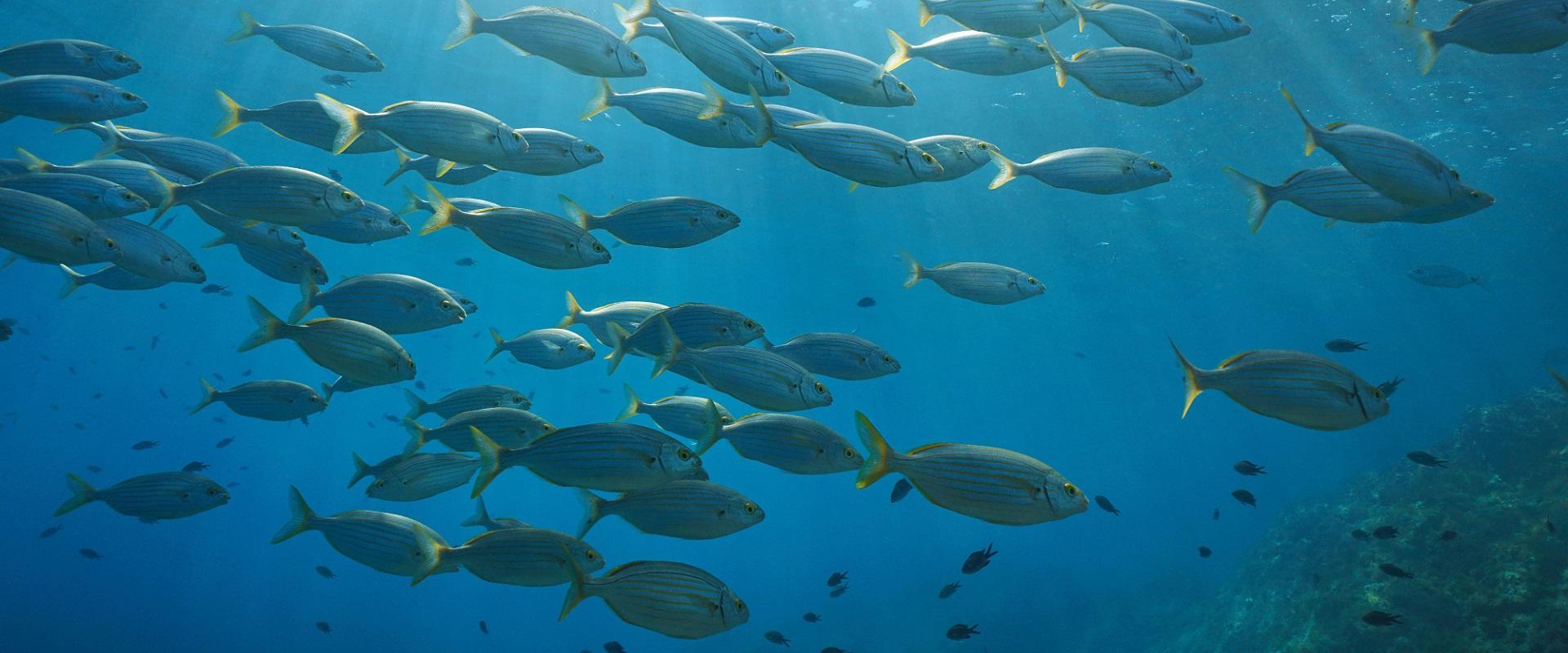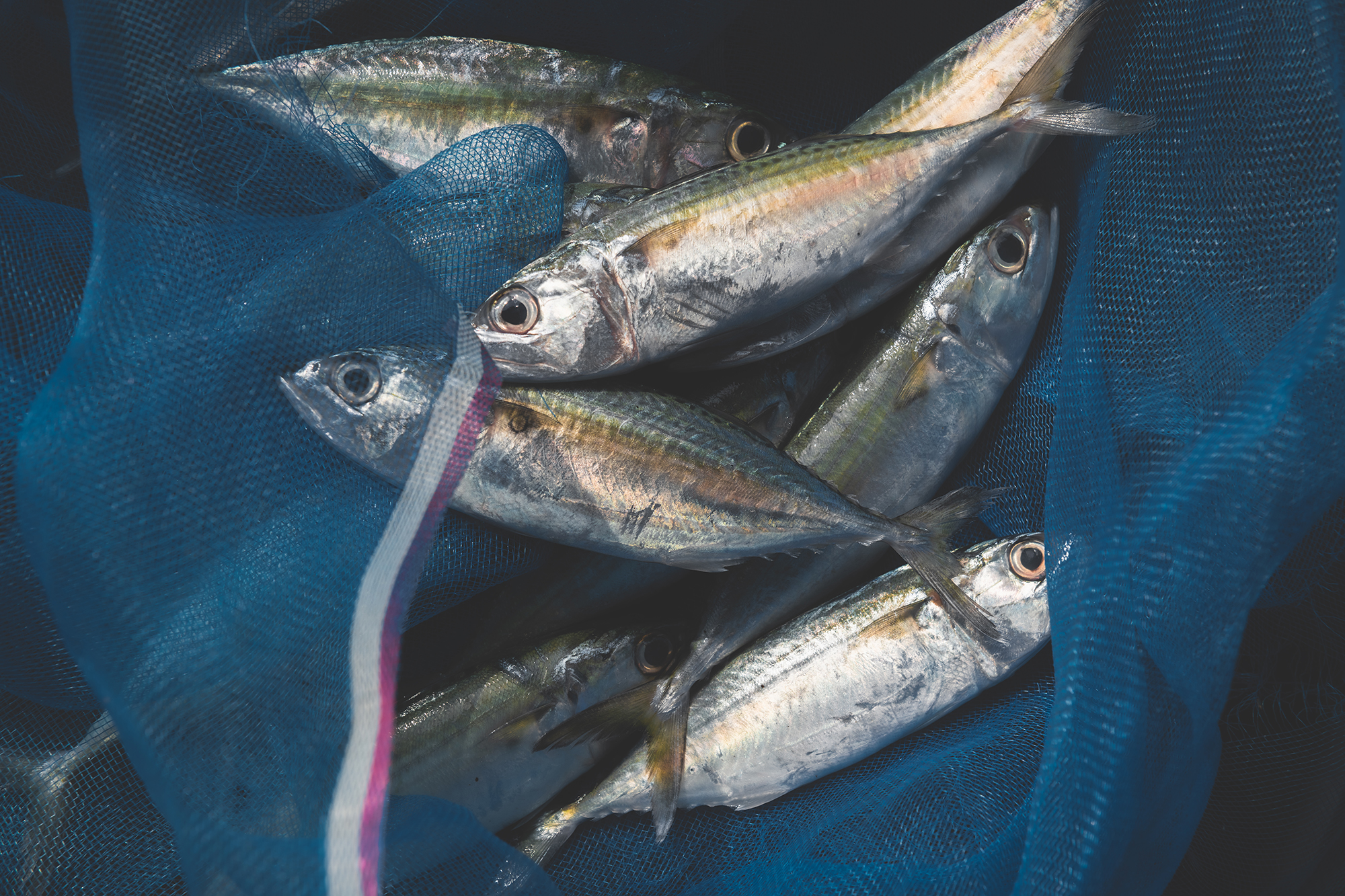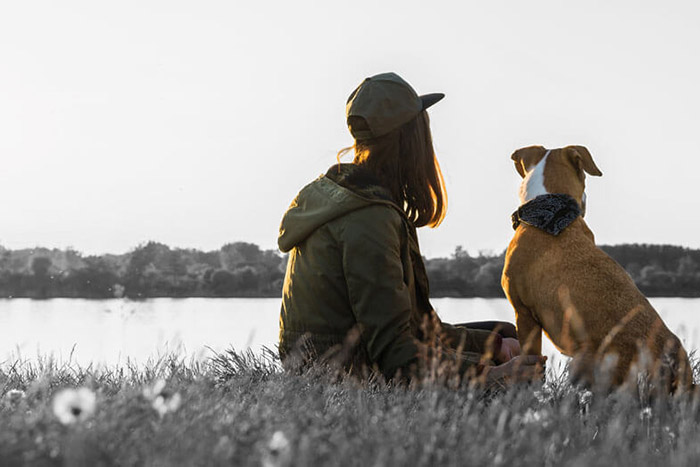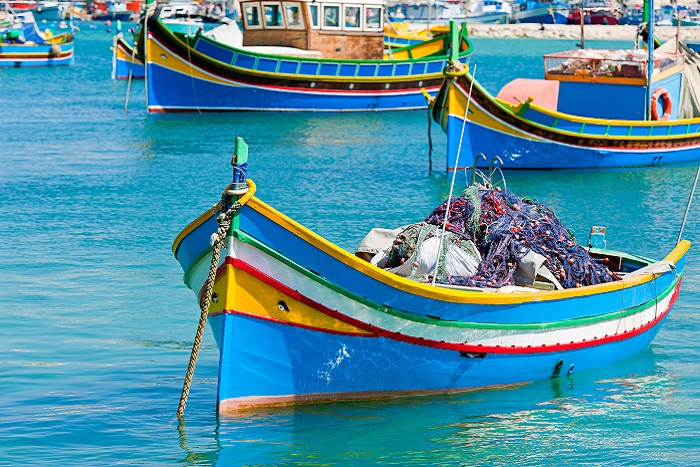Fish and seafood sourced sustainably

Our fish and seafood come from numerous sources, including wild fisheries in oceans and aquaculture farms around the world. We require all of our suppliers to be actively committed to responsible sourcing.
Our fish sticks to regulations
We strive to ensure our fish and seafood are responsibly sourced. We are constantly looking for new ways to tackle challenges such as labour conditions, fishing practices, traceability and verification of species, country and fishery or origin.
Empowering seafood workers
Much of our seafood comes from Southeast Asia, where poor working conditions are common.
Together with our partners the Issara Institute we're tackling human trafficking and forced labour in the Thai seafood industry.
Seafood workers in our supply chain have access to Issara’s Golden Dreams mobile app.
The app allows them to:
- share with other workers their views and opinions on employers and recruiters
- alert companies within the supply chain to potential abuses in recruitment and the workplace
- access up-to-date information on:
- their legal rights
- hospitals
- support organisations such as NGOs
Keeping fishy practices out
Illegal, unreported and unregulated (IUU) fishing is a key environmental challenge facing us all.
In line with the Nestlé Responsible Sourcing Standard (pdf, 2Mb) we work with our suppliers to source from origins employing responsible fishing practices.
We make every effort to avoid seafood from IUU fishing practices. We also embargo species identified as being ‘critically endangered’ or ‘endangered’ by the International Union for Conservation of Nature Red List and CITES (Convention on International Trade in Endangered Species) Appendix I.
We also aim to ensure that our seafood purchases:
- are not caught with highly destructive fishing gear or methods
- don’t come from ‘no-take zones’ or Marine Protected Areas
- don’t come from vessels practising trans-shipment at sea.
Working to make seafood more sustainable
In 2019 we became a Target 75 Champion with the Sustainable Fisheries Partnership (SFP).
Target 75 aims to ensure that 75% of world production in key sectors is either certified as sustainable by the Marine Stewardship Council, green-listed in SFP’s metrics tool, or is making regular, verifiable improvements.
In the UK and Ireland we source fish and seafood for our pet food products.
Identifying the precise sources for fish and seafood is difficult. For pet food, which primarily uses fish by-products, traceability is even more challenging as the typical traceability mechanisms for whole fish do not suffice.
So why do we use fish by-products in our pet food?
All of Nestlé Purina’s pet food products follow complete and balanced recipes that meet the nutritional needs of dogs and cats at each life stage and for many health conditions.
Working with our suppliers, we are moving towards a future where we can verify that the fish and seafood we source come from fisheries and farms that are engaged in improvement projects.
Over 500 Nestlé Purina animal experts are behind the creation of our recipes to provide perfectly balanced pet nutrition. Some of these recipes include the use of fish by-products, which are nutrient-dense. Fish by-products are parts of a fish that remain after the fish fillets are removed for the human food supply chain. In addition to being nutritionally beneficial, the utilization of fish by-products represents an environmentally and socially responsible practice, by using all the protein sources of a fish while not competing with the human food supply.
You may also be interested in
-
Fish and seafood sourcing How we collaborate on innovative solutions to tackle the most pressing challenges faced by the sector, such as labour conditions.FIND OUT MORE
-
Sustainable and responsibly sourced fish for pet food We're committed to creating sustainable and responsibly sourced pet food.FIND OUT MORE
-
Inauguration of demo boat A milestone in Thai fishing industry.FIND OUT MORE



